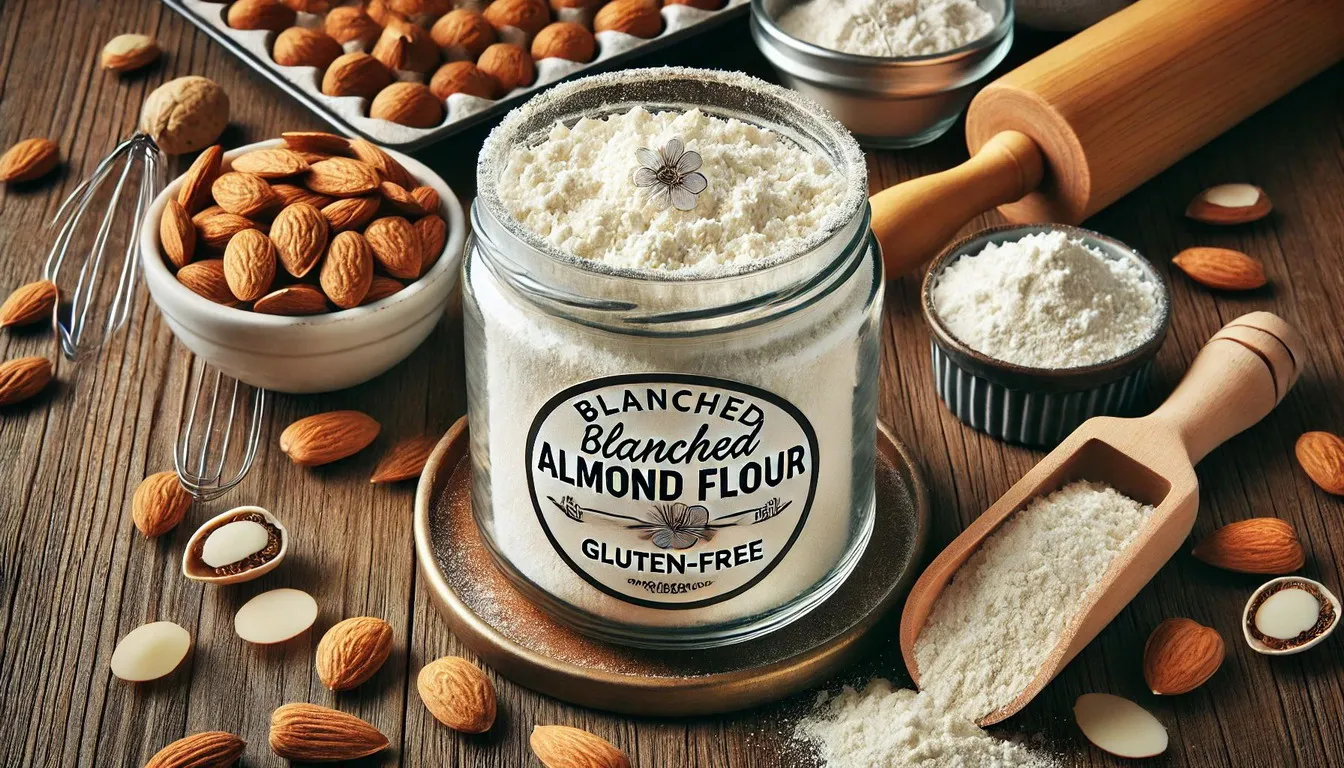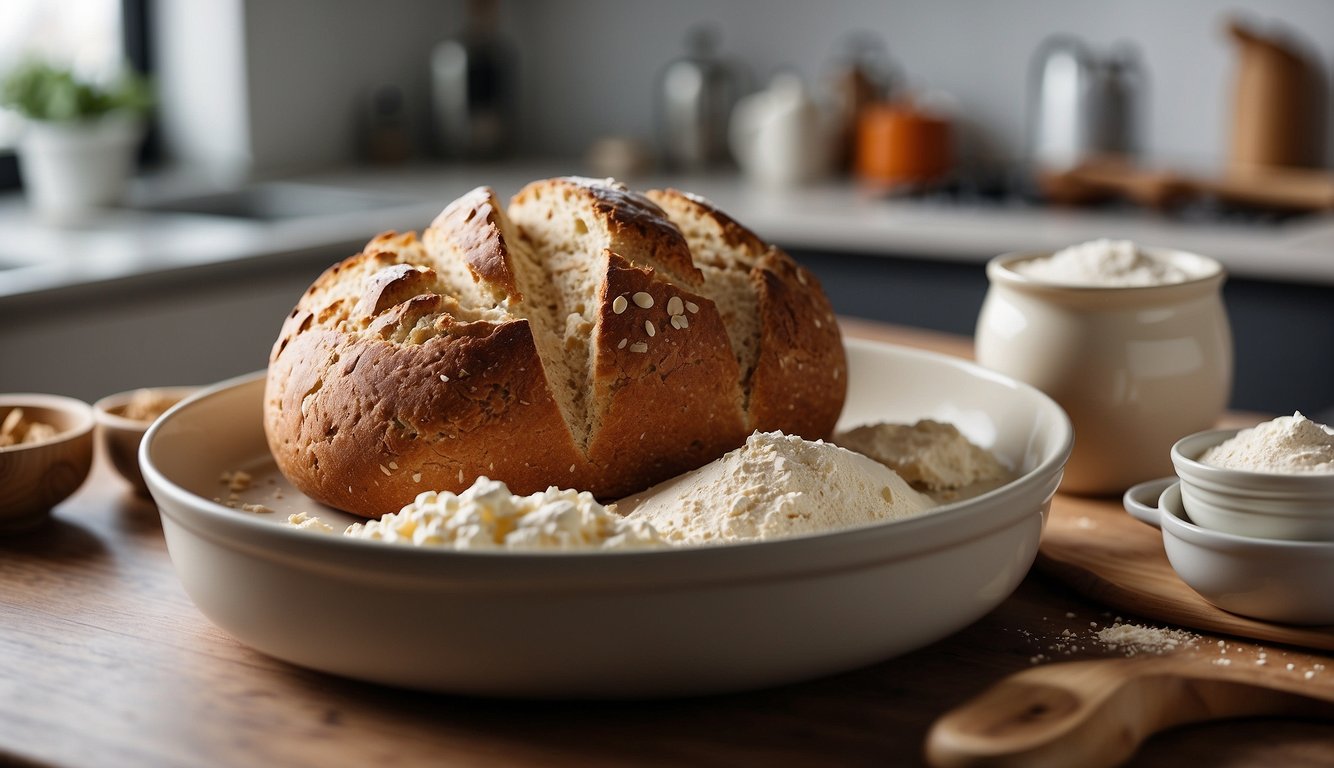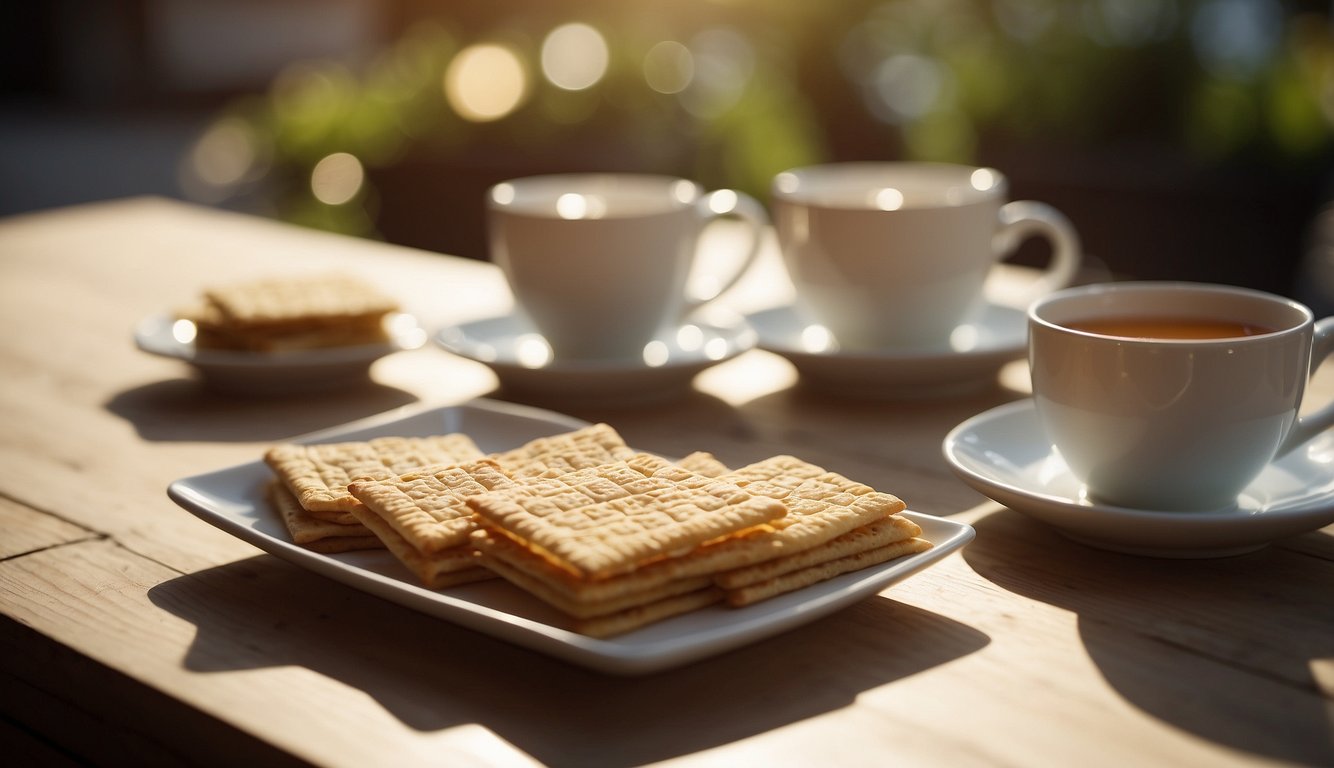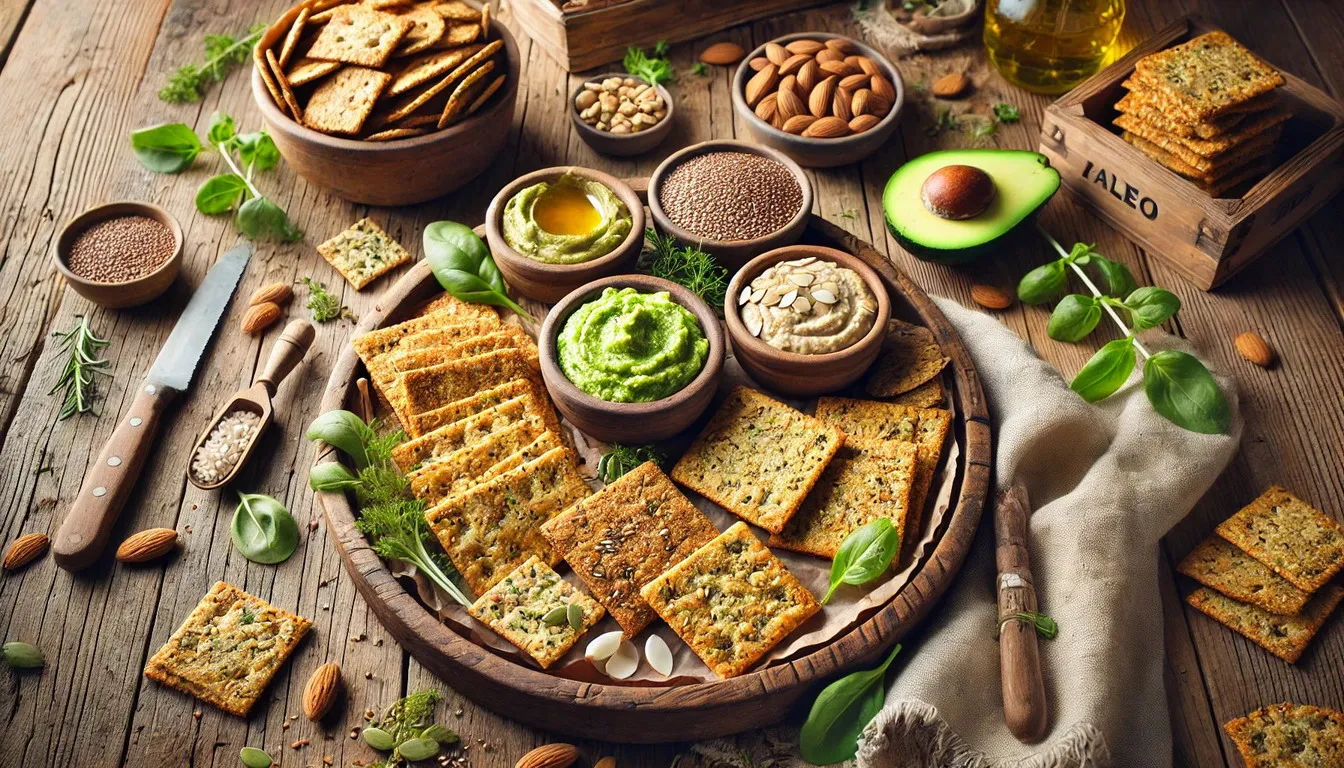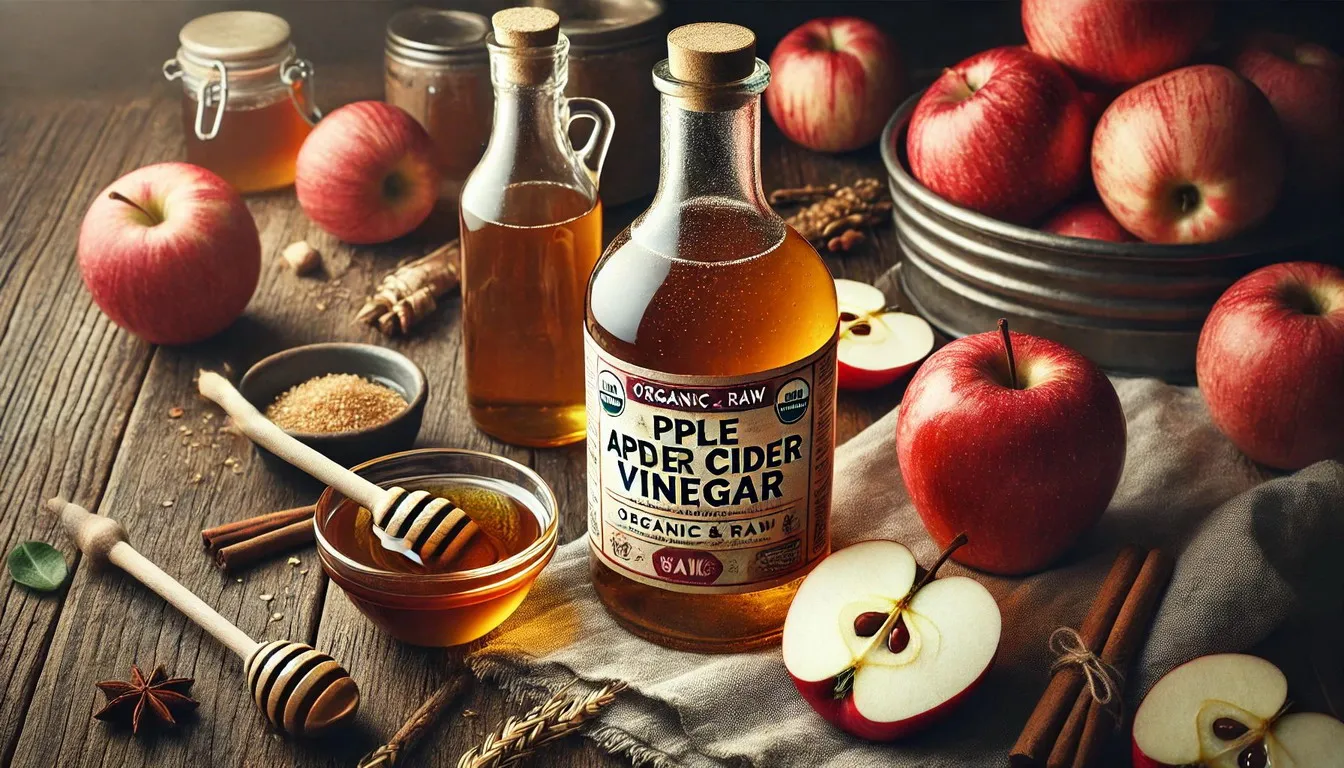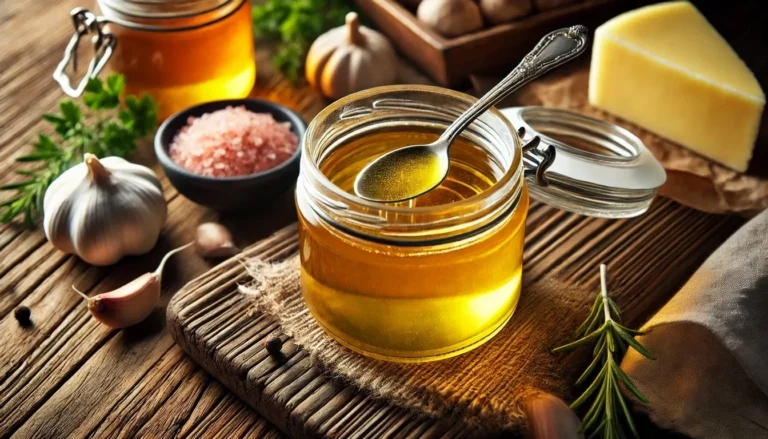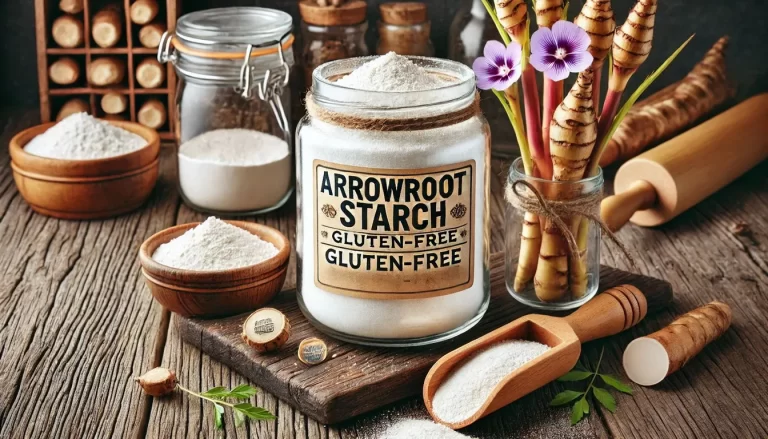Blanched almond flour has become a popular alternative to traditional wheat flour, especially for those on gluten-free or low-carb diets. Its mild flavor, fine texture, and impressive nutritional profile make it an excellent choice for various baked goods. One such delightful creation is Irish soda bread made with almond flour. We will guide you through everything you need to know about using blanched almond flour in Irish soda bread, offering recipes, tips, and variations to suit your needs.
What is Blanched Almond Flour?
Blanched almond flour is made from almonds that have had their skins removed before being ground into a fine powder. This process results in a lighter, smoother flour compared to unblanched almond flour, which retains the skins and has a coarser texture. Blanched almond flour is prized for its ability to create delicate, fluffy baked goods without the grittiness that can sometimes accompany unblanched varieties.
Nutritional Benefits:
- High in protein and healthy fats
- Low in carbohydrates
- Rich in vitamin E and magnesium
- Gluten-free, making it suitable for those with celiac disease or gluten intolerance
Why Use Blanched Almond Flour in Irish Soda Bread?
Using blanched almond flour in Irish soda bread offers several benefits:
- Health Benefits: It is a nutritious alternative to wheat flour, offering a higher protein and fiber content while being gluten-free and lower in carbohydrates.
- Taste and Texture: Blanched almond flour produces a bread with a light, tender crumb, making it a delicious option for those who might otherwise miss out on traditional soda bread due to dietary restrictions.
- Suitability: Ideal for people with gluten intolerance or celiac disease, as well as those following paleo or low-carb diets.
Traditional Irish Soda Bread
Irish soda bread is a staple in Irish cuisine, known for its simplicity and rustic charm. Traditionally made with just four ingredients – flour, baking soda, salt, and buttermilk – it relies on the reaction between the baking soda and the acidic buttermilk to rise, rather than yeast. This quick bread is typically dense and hearty, making it a perfect accompaniment to soups, stews, or simply enjoyed with butter and jam.
Making Irish Soda Bread with Almond Flour
Ingredients:
- 2 cups blanched almond flour
- 1/4 cup coconut flour
- 1 tsp baking soda
- 1/2 tsp salt
- 3 large eggs
- 1/4 cup buttermilk (or dairy-free milk with 1 tsp vinegar)
- 1 tbsp honey or maple syrup (optional)
Instructions:
- Preheat your oven to 350°F (175°C). Line a baking sheet with parchment paper.
- In a large bowl, mix together the almond flour, coconut flour, baking soda, and salt.
- In a separate bowl, whisk the eggs, buttermilk, and honey (if using) until well combined.
- Pour the wet ingredients into the dry ingredients and stir until a dough forms. The dough will be sticky.
- Transfer the dough onto the prepared baking sheet and shape it into a round loaf. Use a sharp knife to score an ‘X’ on the top.
- Bake for 25-30 minutes, or until the bread is golden brown and a toothpick inserted into the center comes out clean.
- Allow the bread to cool before slicing.
Tips for Success:
- Ensure all ingredients are at room temperature to help the dough mix evenly.
- Scoring the top of the loaf helps it rise more evenly and prevents cracking.
- Let the bread cool completely before cutting to ensure the best texture.
Gluten-Free Irish Soda Bread with Almond Flour
For those needing a gluten-free option, this almond flour soda bread recipe fits the bill perfectly. By using almond and coconut flours, this version maintains the traditional taste and texture while accommodating dietary restrictions. Ensure all additional ingredients, such as baking soda and buttermilk, are certified gluten-free to avoid cross-contamination.
Common Variations and Additions
One of the joys of baking is the ability to customize recipes to suit your taste. Here are some variations and additions for your almond flour soda bread:
- Dried Fruits: Add 1/2 cup of raisins, currants, or chopped dates for a touch of sweetness.
- Nuts and Seeds: Incorporate 1/4 cup of chopped walnuts, pecans, or sunflower seeds for extra crunch.
- Herbs and Spices: Experiment with adding 1 tsp of caraway seeds, rosemary, or thyme for a savory twist.
- Dairy-Free/Vegan: Substitute the buttermilk with a mixture of almond milk and apple cider vinegar, and use flax eggs (1 tbsp ground flaxseed mixed with 3 tbsp water) instead of eggs.
Troubleshooting and Tips
Baking with almond flour can be different from using traditional wheat flour. Here are some common issues and solutions:
- Dough Too Sticky: Almond flour doughs tend to be sticky. Use a bit of coconut flour or refrigerate the dough for 30 minutes to make it easier to handle.
- Bread Too Dense: Ensure your baking soda is fresh. Stale baking soda won’t provide the necessary leavening.
- Crumbly Texture: Adding a binding agent like psyllium husk or xanthan gum can help improve the bread’s structure.
- Storing: Store leftover bread in an airtight container at room temperature for up to three days or freeze for longer storage. To reheat, toast slices in the oven.
Frequently Asked Questions
Can I substitute almond flour for regular flour in other recipes? Yes, but the texture and moisture content will differ. Almond flour is denser and absorbs more liquid, so adjustments in liquids and leavening agents may be needed.
How do I store blanched almond flour to keep it fresh? Store blanched almond flour in an airtight container in a cool, dry place. For longer storage, keep it in the refrigerator or freezer to prevent it from going rancid.
What are the best brands of blanched almond flour? Popular brands include Bob’s Red Mill, Honeyville, and Anthony’s. Look for fine, uniform textures for the best results in baking.
Can I make almond flour at home? Yes, you can make almond flour at home by blanching raw almonds, removing the skins, and grinding them in a food processor until fine. Be careful not to over-process, as it can turn into almond butter.
What is the difference between almond meal and almond flour? Almond meal is made from whole almonds with skins, resulting in a coarser texture. Almond flour is made from blanched almonds without skins and is finer and lighter.
Can I use almond flour in yeast-based bread recipes? Almond flour does not contain gluten, which is necessary for yeast bread to rise properly. It’s best used in quick breads, cakes, and cookies that don’t rely on gluten for structure.
How do I make dairy-free buttermilk for baking? Mix 1 cup of dairy-free milk (such as almond or soy milk) with 1 tablespoon of vinegar or lemon juice. Let it sit for 5-10 minutes to curdle before using.
Blanched almond flour offers a nutritious and versatile alternative to traditional wheat flour, making it an excellent choice for those looking to enjoy gluten-free or low-carb baked goods. Irish soda bread, with its rich history and simple preparation, transforms beautifully with almond flour, providing a delicious, tender loaf that can be customized to suit any dietary preference. Whether you’re new to baking with almond flour or looking for new recipes to try, this guide offers everything you need to create a perfect loaf of almond flour soda bread. Happy baking!
